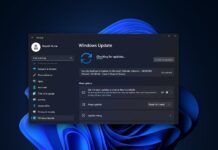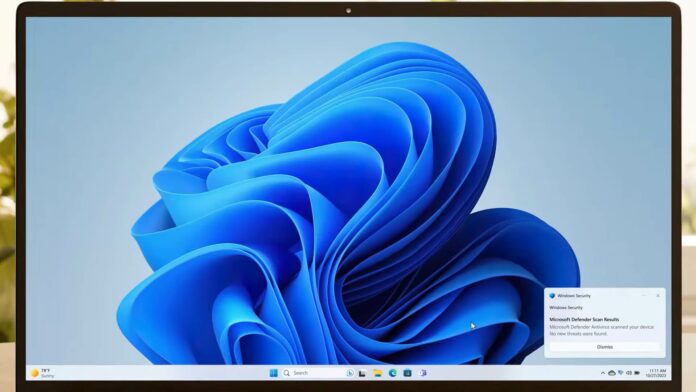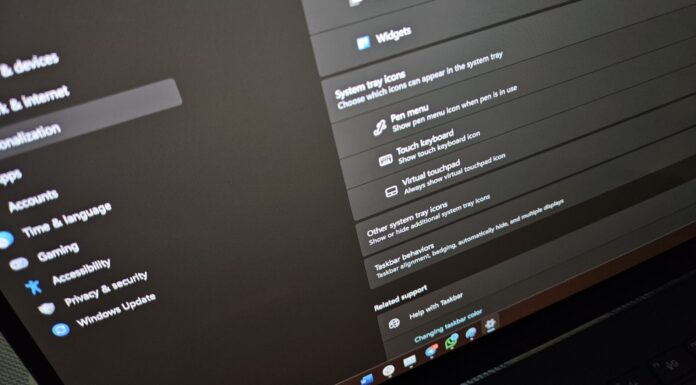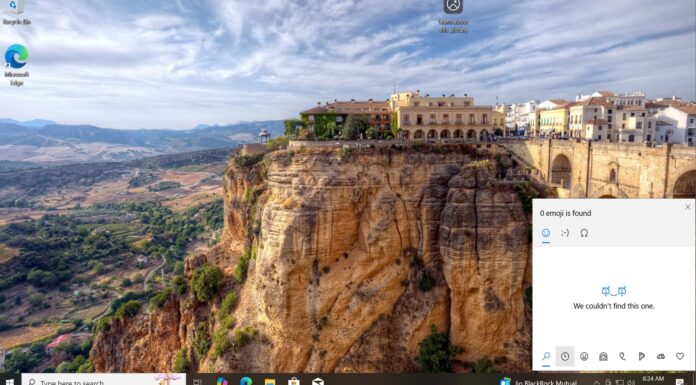Microsoft is working on the next big update for Windows 11, dubbed “Windows 11 2024 Update”, which carries version 24H2 and is codenamed “Hudson Valley”. This Windows release primarily focuses on artificial intelligence, but there’s more to the update than just AI.
Thanks to the documents we recently spotted, we know that the next Windows release will be called “Windows 11 24H2,” not Windows 12, as some might believe. In a blog post, Microsoft later confirmed it is working on a Windows 11 release with version 24H2, pausing all Windows 12 rumours.
When Microsoft confirms big Windows releases, they also change their support documentation and commit the changes to Github. In one of the commits, we previously spotted version 24H2, and now another support document on the company’s website clearly shows a reference to “Windows 11 2024 Update.”
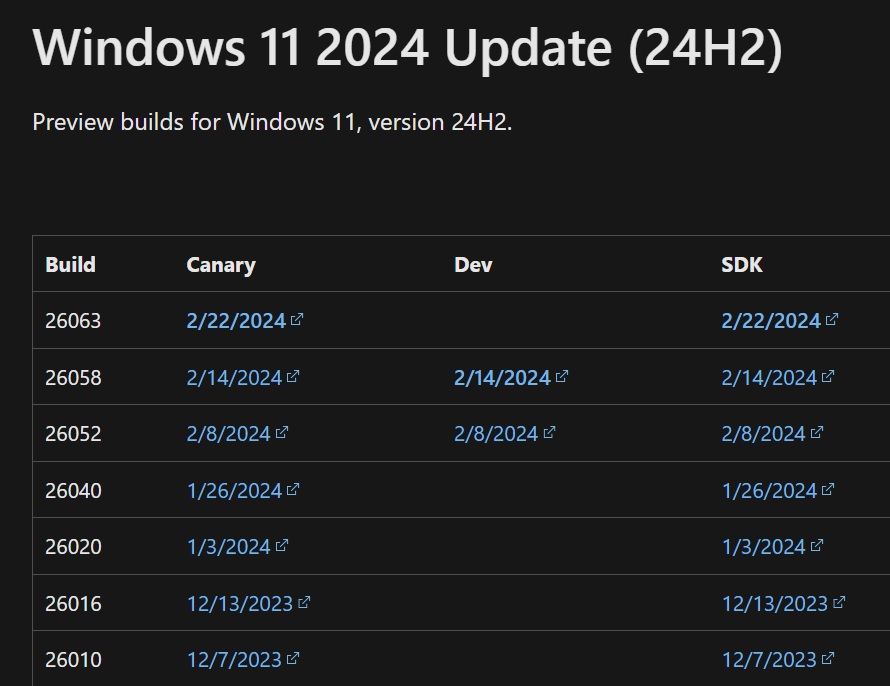
This update will offer many changes, ranging from AI to Sudo for Windows, improved native archive integration, and Wi-Fi 7.
In one of the release notes for Wi-Fi drivers, Intel also confirmed that Windows 11’s next update will ship with Wi-Fi 7.
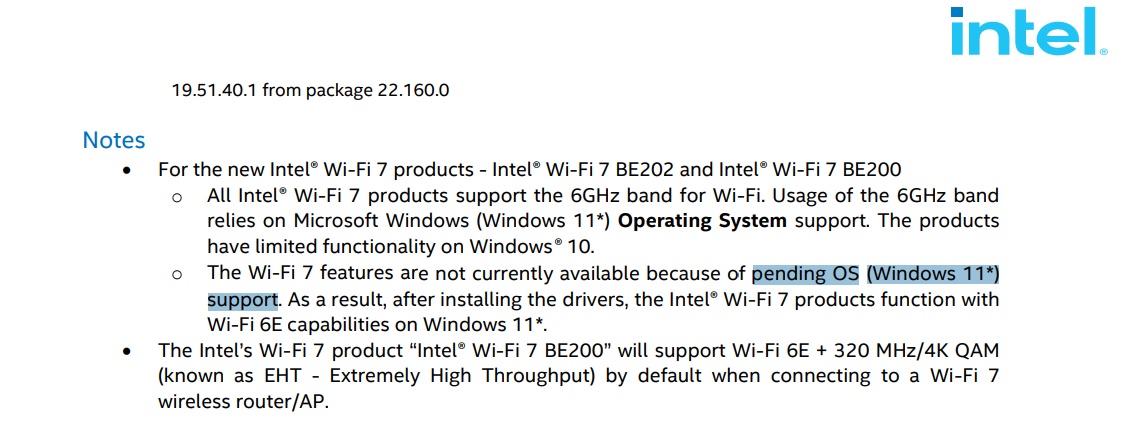
So, if you have supported Intel hardware and are on Windows 11 preview builds, you can already experience the new Wi-Fi 7 improvements.
Intel warns that the Wi-Fi 7 capabilities require a “pending OS” update, so even if you grab the new drivers and install them on your production PC, you won’t be able to use the Wi-Fi 7 capabilities until the update is officially released.
Windows 11 2024 Update is a good name
The next Windows update has a simple marketing name: ‘Windows 11 2024 Update’, and it’s good (and perhaps better than the Windows 10 naming approach).
Windows updates often have different version numbers and marketing names. This allows the tech giant to distinguish between major, feature-rich updates and regular, more minor updates like Moment updates or Patch Tuesday releases that offer quality improvements.
The naming conventions for Windows versions have always been a hot topic of discussion as the company’s approach has changed significantly over the years. Microsoft has used a variety of naming conventions for Windows 10 releases, including “Anniversary Update” and “Creators Update.”
And there were some other names, too, such as “Windows Spring Updates,” that were confusing. Let’s take a closer look at Windows’ naming convention history. For Windows 10:
- Version 1507: This was the first release of Windows 10, so it didn’t have a specific marketing name.
- Version 1607: This was the first big update to the OS, and Microsoft called it the Anniversary Update.
- Version 1703: This update focused on creativity tools, so it was called the Creators Update.
- Version 1709: Since the update was released in the fall of the same year when Creators, Microsoft dubbed it the “Fall Creators Update”.
And it’s good until here, but the company later shifted to a new naming convention that many disliked:
- Version 1903: This update, which was released in May 2019, was called “May 2019 Update”, but most people could not grab it until the end of the year. ¯\_(ツ)_/¯.
- Version 20H2: Launched in the second half of 2020, this update was called “October 2020 Update”.
With Windows 11, Microsoft has been shifting to a more predictable update cycle, using a simple “Windows 10 2022 Update” for the second update to the OS and “Windows 11 2023 Update” for the third OS release.
The next release is now called “Windows 11 2024 Update”, which I think is good.
Microsoft uses a year-and-a-half format (like 24H2 for the second half of 2024), which makes it easier to understand when the update was released.



